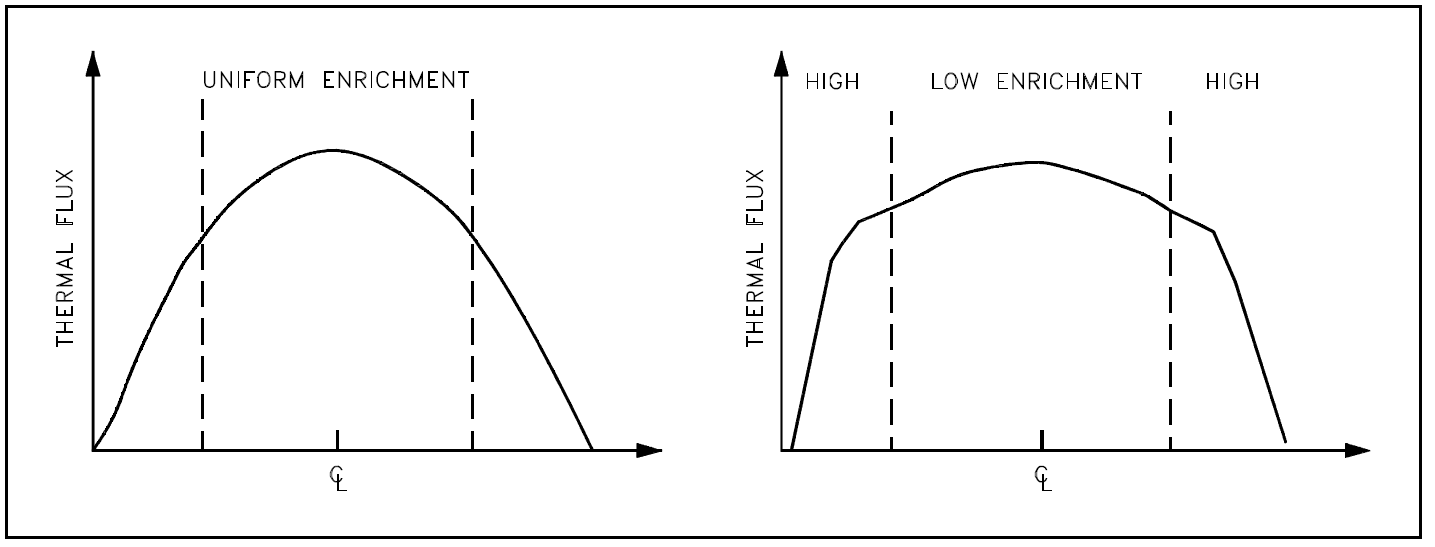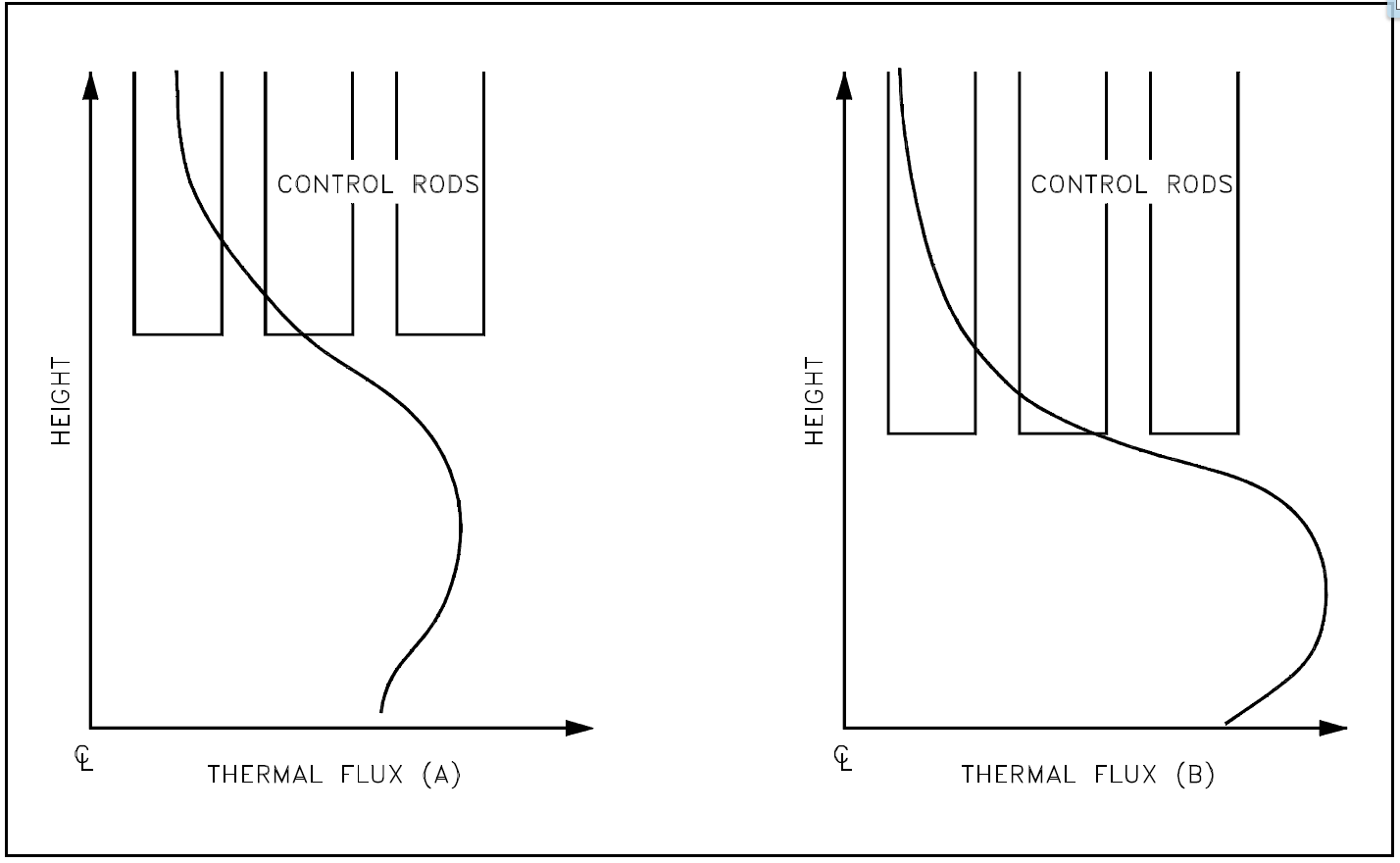
تاريخ الفيزياء

علماء الفيزياء


الفيزياء الكلاسيكية

الميكانيك

الديناميكا الحرارية


الكهربائية والمغناطيسية

الكهربائية

المغناطيسية

الكهرومغناطيسية


علم البصريات

تاريخ علم البصريات

الضوء

مواضيع عامة في علم البصريات

الصوت


الفيزياء الحديثة


النظرية النسبية

النظرية النسبية الخاصة

النظرية النسبية العامة

مواضيع عامة في النظرية النسبية

ميكانيكا الكم

الفيزياء الذرية

الفيزياء الجزيئية


الفيزياء النووية

مواضيع عامة في الفيزياء النووية

النشاط الاشعاعي


فيزياء الحالة الصلبة

الموصلات

أشباه الموصلات

العوازل

مواضيع عامة في الفيزياء الصلبة

فيزياء الجوامد


الليزر

أنواع الليزر

بعض تطبيقات الليزر

مواضيع عامة في الليزر


علم الفلك

تاريخ وعلماء علم الفلك

الثقوب السوداء


المجموعة الشمسية

الشمس

كوكب عطارد

كوكب الزهرة

كوكب الأرض

كوكب المريخ

كوكب المشتري

كوكب زحل

كوكب أورانوس

كوكب نبتون

كوكب بلوتو

القمر

كواكب ومواضيع اخرى

مواضيع عامة في علم الفلك

النجوم

البلازما

الألكترونيات

خواص المادة


الطاقة البديلة

الطاقة الشمسية

مواضيع عامة في الطاقة البديلة

المد والجزر

فيزياء الجسيمات


الفيزياء والعلوم الأخرى

الفيزياء الكيميائية

الفيزياء الرياضية

الفيزياء الحيوية

الفيزياء العامة


مواضيع عامة في الفيزياء

تجارب فيزيائية

مصطلحات وتعاريف فيزيائية

وحدات القياس الفيزيائية

طرائف الفيزياء

مواضيع اخرى
Core Power Distribution
المؤلف:
U.S. Department of Commerce, National Technical Information Service, 1993
المصدر:
The Nuclear Physics and Reactor Theory Handbook
الجزء والصفحة:
p 25
27-4-2017
2875
Core Power Distribution
In order to ensure predictable temperatures and uniform depletion of the fuel installed in a reactor, numerous measures are taken to provide an even distribution of flux throughout the power producing section of the reactor. This shaping, or flattening, of the neutron flux is normally achieved through the use of reflectors that affect the flux profile across the core, or by the installation of poisons to suppress the neutron flux where desired. The last method, although effective at shaping the flux, is the least desirable since it reduces neutron economy by absorbing the neutrons.
A reactor core is frequently surrounded by a "reflecting" material to reduce the ratio of peak flux to the flux at the edge of the core fuel area. Reflector materials are normally not fissionable, have a high scattering cross section, and have a low absorption cross section. Essentially, for thermal reactors a good moderator is a good reflector. Water, heavy water, beryllium, zirconium, or graphite are commonly used as reflectors. In fast reactor systems, reflectors are not composed of moderating materials because it is desired to keep neutron energy high. The reflector functions by scattering some of the neutrons, which would have leaked from a bare (unreflected) core, back into the fuel to produce additional fissions.
Figure 1 shows the general effect of reflection in the thermal reactor system where core power is proportional to the thermal flux. Notice that a reflector can raise the power density of the core periphery and thus increase the core average power level without changing the peak power. As illustrated in Figure 1, the thermal flux in the reflector may actually be higher than that in the outermost fuel since there are very few absorptions in the reflector.

Figure 1: Neutron Radial Flux Shapes for Bare and Reflected Cores
Varying the fuel enrichment or fuel concentrations in the core radially, axially, or both, can Figure 1 Neutron Radial Flux Shapes for Bare and Reflected Cores readily be used to control power distribution. The simplified example illustrated in Figure 2 shows the effect of using a higher enrichment in the outer regions of the core. Varying fuel concentrations or poison loading for flux shaping is frequently referred to as zoning. In the example illustrated the large central peak is reduced, but the average power level remains the same.

Figure 2: Effect of Non-Uniform Enrichment on Radial Flux Shape
The previous examples discuss changes in radial power distribution. Large variations also exist in axial power distribution. Figure 3(A) illustrates the power distribution that may exist for a reactor with a cylindrical geometry. The control rods in this reactor are inserted from the top, and the effect of inserting control rods further is shown in Figure 3(B). The thermal flux is largely suppressed in the vicinity of the control rods, and the majority of the power is generated low in the core. This flux profile can be flattened by the use of axial fuel and/or poison zoning.

Figure 3 Effect of Control Rod Position on Axial Flux Distribution
 الاكثر قراءة في مواضيع عامة في الفيزياء النووية
الاكثر قراءة في مواضيع عامة في الفيزياء النووية
 اخر الاخبار
اخر الاخبار
اخبار العتبة العباسية المقدسة

الآخبار الصحية















 قسم الشؤون الفكرية يصدر كتاباً يوثق تاريخ السدانة في العتبة العباسية المقدسة
قسم الشؤون الفكرية يصدر كتاباً يوثق تاريخ السدانة في العتبة العباسية المقدسة "المهمة".. إصدار قصصي يوثّق القصص الفائزة في مسابقة فتوى الدفاع المقدسة للقصة القصيرة
"المهمة".. إصدار قصصي يوثّق القصص الفائزة في مسابقة فتوى الدفاع المقدسة للقصة القصيرة (نوافذ).. إصدار أدبي يوثق القصص الفائزة في مسابقة الإمام العسكري (عليه السلام)
(نوافذ).. إصدار أدبي يوثق القصص الفائزة في مسابقة الإمام العسكري (عليه السلام)


















